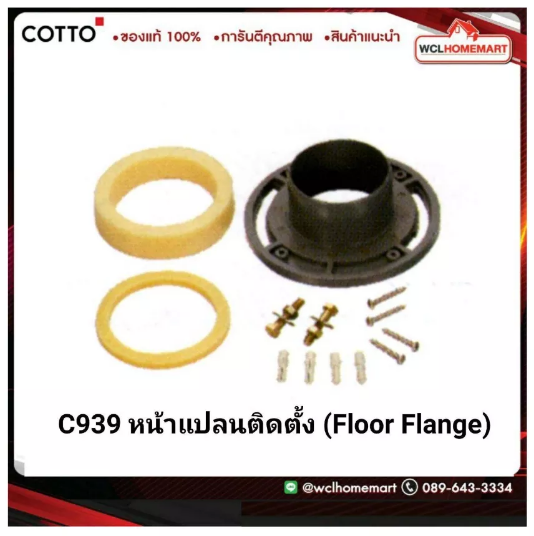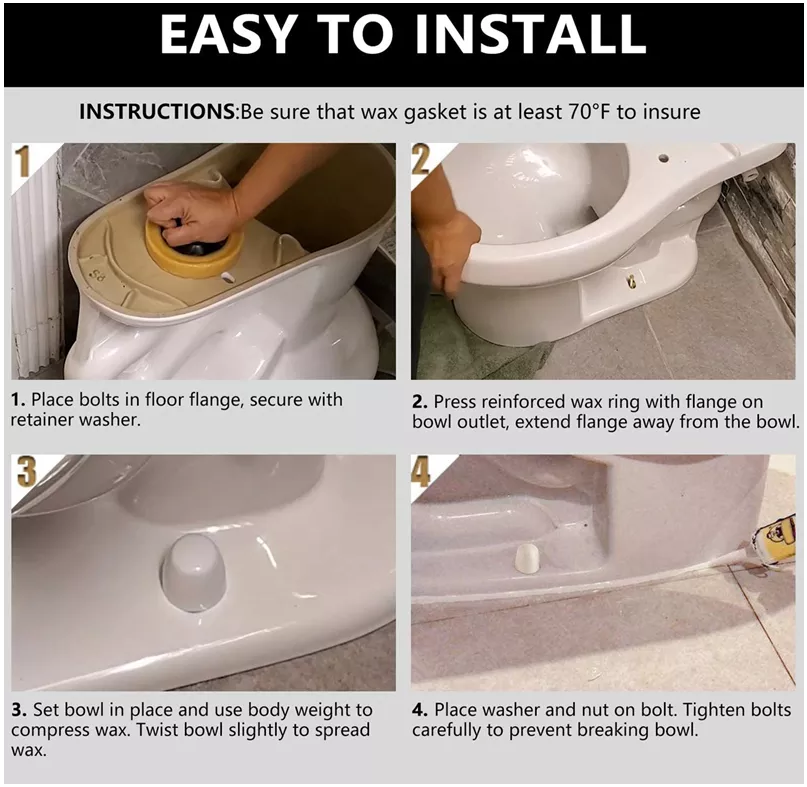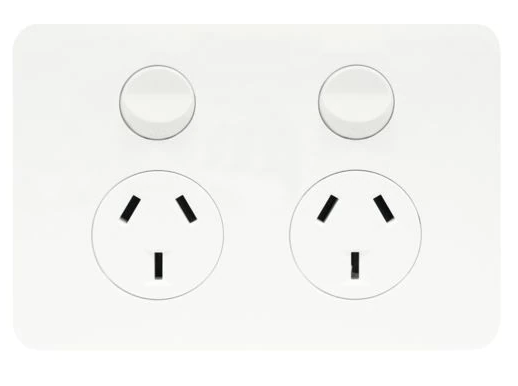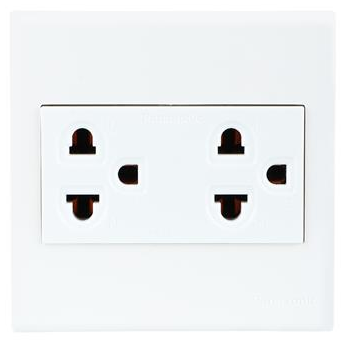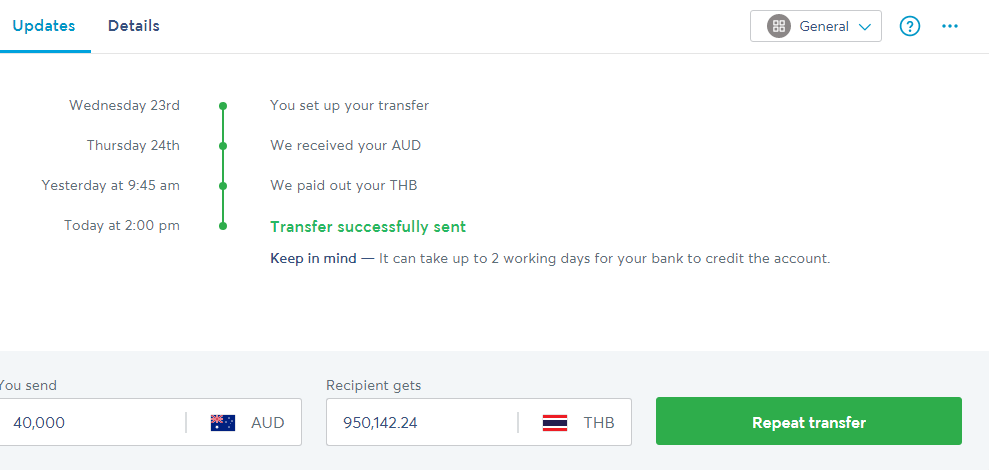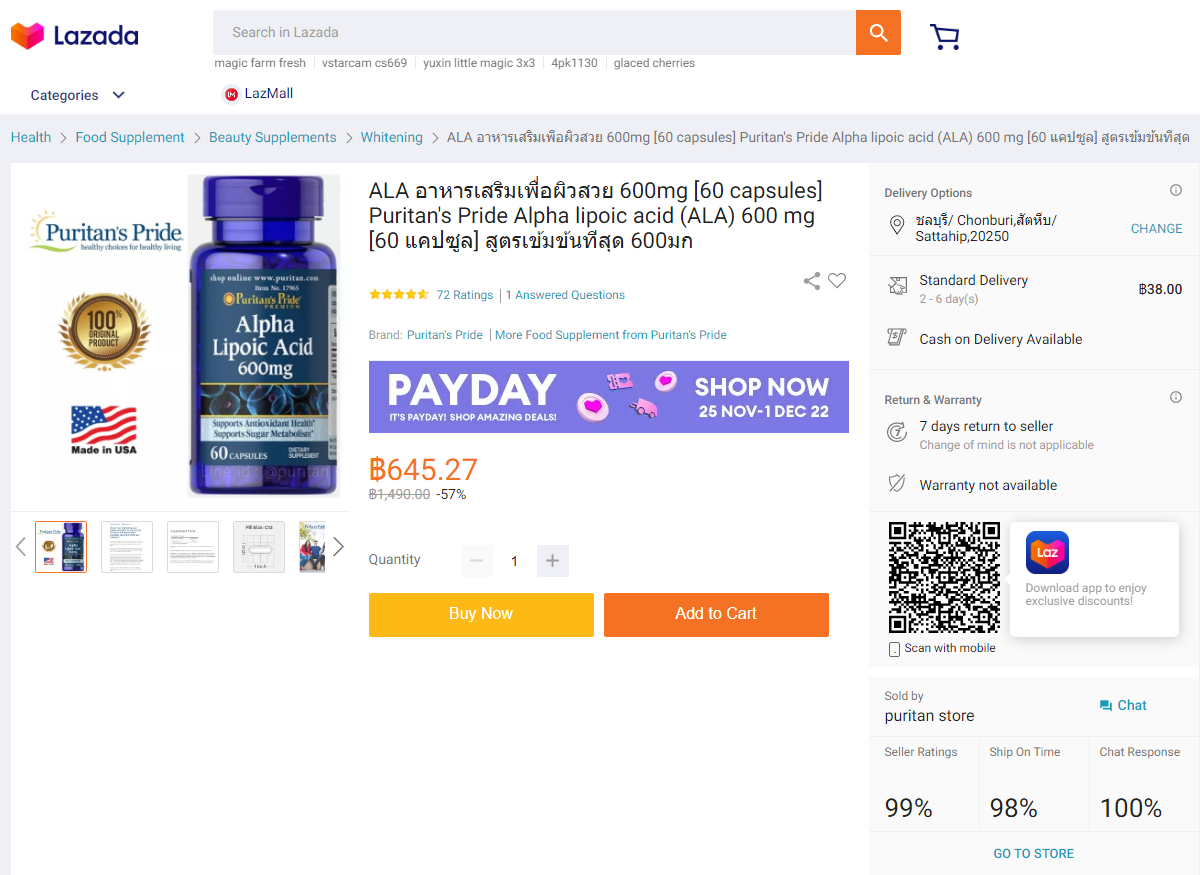-
Posts
1,294 -
Joined
-
Last visited
Content Type
Events
Forums
Downloads
Quizzes
Gallery
Blogs
Everything posted by Encid
-

Anern 7.2KW/8.2KW - Dual PV input and output B16K
Encid replied to Pink7's topic in Alternative/Renewable Energy Forum
I wonder what this does? Sorry... I couldn't resist! -
It sounds like the seal (or wax ring) to the floor flange for the toilet is either missing or perhaps broken or misaligned. A lot of Thai "handymen" neglect to install the seal when fitting a toilet, relying instead on the grout ring around the base of the toilet to prevent sewer gases from escaping (which it doesn't). Does your toilet wobble a bit? For the sake of a bit of new grout, I'd be tempted to break the old grout, and undo the tie-down bolts to move the toilet away from the floor to check the seal. Don't forget to disconnect the water hose and flush the toilet so the cistern is empty before you do though. A new seal (or wax ring) and tie-down bolts and washers will cost you about 200 baht. A full kit comprising new floor flange, tie-down bolts and washers, and seal (or wax ring) will set you back about 700 baht. They will be available at HomePro just up the road from you towards Pattaya on the Nong Nooch side of Sukhumvit.
-
I suggest that you use a proper 2D CAD package to draw your land size, house size, pool size etc. in real units of measurement. You can orientate your land based on your tabien baan to indicate North, and show access roads, electricity poles etc. Using a CAD package such as QCAD will enable you to move stuff around to create different options, and also give you the ability to measure accurately from your 2D plan. QCAD is a free, open source application for computer aided drafting (CAD) in two dimensions (2D). It also has support for DXF and DWG input and output, so once you've settled on a layout, you can export it in AutoCAD DWG format so your architect or builder can work with it to produce proper architectural detail drawings for government building approval.
-
Our plan is to install an on-grid hybrid PV solar system with (initially) 10kWh of ESS, so I'm hoping that power will not be a problem. I like the idea of a head tank for emergency use, but it won't suit our building plans. We will definitely be using 32mm PPR pipe and 45° bends as you suggest, reducing only at the outlets.
-
Fair enough comment. I will keep that in mind for when we do relocate to rural Thailand, and are reliant on bore water and rain water only. The bore water is solar powered pump driven, and the rainwater will be collected and directed to an above-ground tank. There is no municipal water supply where we will be building our house. As our water supply will be predominantly stored in above ground tankage then pumped to our house location, I was thinking that an underground tank (about 3,000 litre capacity) would serve us well. We will have a dedicated water pump for the house... we want strong water pressure so PPE piping and probably a Grundfos Scala 2 pump. Underground tanks maintain a cooler temperature in the hot summer months (most of the year) and stay warmer in the cool season (be it ever so short) due to the insulation that the soil around them provides. We could locate it say in the garage (not near the cars are parked where contamination from oil could occur) or a walkway under a RC floor (which would stop it from floating in the unlikely event that it was ever emptied) and any suspended solids or sediment in the feed water would be precipitated out in the above ground storage tanks before reaching our underground storage tank. Filters will be used to remove any calcium hardness and any bacterial load. (We have not tested our bore water yet... probably next week or the week after). I repeat... the water will ONLY be used for dishwashing / showers / clothes washing, and NOT for drinking. Thoughts?
-
Goes to show the quality of the work done 9 years ago... again, well done! Is there anything you would have done differently?
-
I see that you finished the project (well done BTW) in Sept 2013. How is the paintwork holding up in that very humid environment 9 years later? Apart from foot traffic areas where I'd expect some wear and tear is it still holding up well? I note that you did not use galvanized steel. Any rust anywhere? Apologies to the OP for going off-topic, but I couldn't resist...
-
The tank is never empty so the sediments are never stirred up. It is really clear water except for when the local water authority cuts a line to add a new branch or something, then we get cloudy water in the supply line for a few hours, but the sediments settle to the bottom... it is probably less than 1 mm thick. Filled from the top. Clean it out? How? Dropping a submersible pump into the tank to suck out the sediment and water from the bottom of the tank is more likely to stir up the sediment than remove it. As you can see I am a big advocate of underground domestic water tanks with only positive experience over 15 years. And as I said earlier, the temperature differential is noticeable particularly during the hot months. Domestic use... showering and washing clothes, filling the pool, watering the garden, NOT for drinking. We buy 20L bottled water for drinking and cooking purposes.
-
Never needed to. It doesn't get any sunlight so no algae growth, and there's minimal silt at the bottom of the tank (visible by shining a strong LED torch down into the darkness). Even the original float valve is still functioning perfectly after 15 years. What cleaning would be needed? Apologies to the OP for going off-topic, but it's just a wee bit off-topic, and possibly of interest as the OP has an underground tank too.
-

Point system to curb traffic violations to be enforced from January 9th
Encid replied to snoop1130's topic in Thailand News
And it will all be policed automatically... by networked CCTV. You won't see any extra BiB out on the beat or in patrol cars. -
Perfect! Thank you.
-
We have one at our current house in Najomtien... built 15 years ago. We have never needed to maintain it. We built a Thai kitchen on top of it so the lid has a heavy concrete and tile cover over it... no contamination is possible. We are connected to the local municipal water supply which is never off for more than a few hours so our tank is never empty. Why would we need to replace it "when the time comes"? It never needs maintenance and it doesn't get contaminated.
-
And your water stays cooler... ideal in those stinking hot weeks around Songkran time.
-
2 years ago I would have agreed, but now most modern phones/tablets etc use USB-C ports for power. Where is technology going in the future?
-
Also renders the socket "dead" or completely isolated so no chance of electric shock if say a child decided to poke a knife into it. Also no leakage for appliances that continue to draw power in standby mode.
-
AFAIK Aussie household electrical circuits are protected (by law) by RCD/RCBO too, so is having switched GPO's an overkill?
-
Get and use a COVID ATK just to rule that out (or in). Drink lots of fluids and rest.
-
Coming originally from Australia all domestic GPO's (General Purpose Outlet) have isolating switches, so it came to me as a bit of a surprise when I first came to Thailand and discovered that ALL electrical power sockets in ALL rooms including bathrooms did not have switches. Here is a standard Aussie GPO: And here is a standard Thai GPO: All Australian power outlet sockets always have switches on them by law for safety and isolation purposes. I understand that British/Australian/Malaysian sockets have switches while Americans don’t because the UK, Australia, and Malaysia use 220-240 volts to supply power, and 220-240 volts are more likely to kill you than the 110 volts used in the US. But... back to Thailand. Thailand domestic power supply is 220 volts. Why don't Thai sockets have switches? Is it possible to buy switched Thai GPO's here? I'm thinking about these for my new house build. If available, I think that I would like to use switched GPO's in all the bathrooms and also in the kitchen, ie. the semi-wet areas that are most likely to see an appliance short and may need to be isolated by a switch.
-
Your condo's management should have the contact number for a local plumber. Get them to call one to sort out the problem. He will have all the right tools and be able to supply all the bits'n pieces needed to do the job.
-
The green piping is PPR (polypropylene) and the blue piping is PVC (polyvinyl chloride). PPR pipe and fittings are welded, whilst PVC pipe and fittings are glued. PPR has a higher heat and chemical resistance than PVC as well as greater wear resistance. PVC also exhibits poor UV resistance compared to PPR. However PPR is more expensive than PVC due to the cost of raw material and oil needed for production. PVC can be used in piping systems that require quick installation and reconfiguration, which requires ruggedness and flexibility.
-



